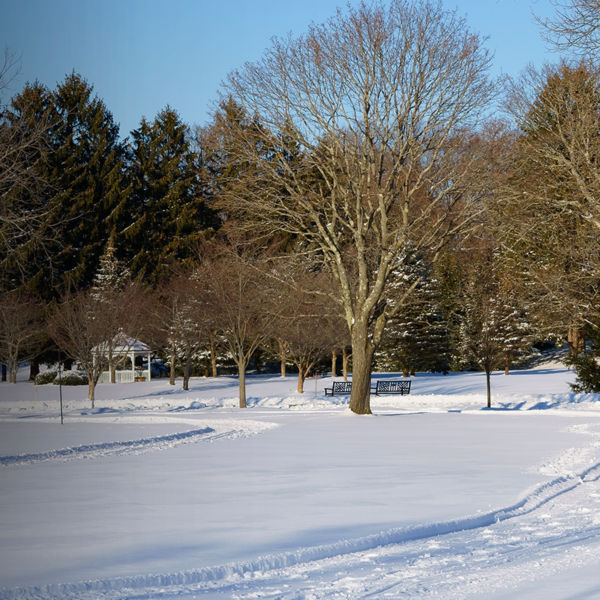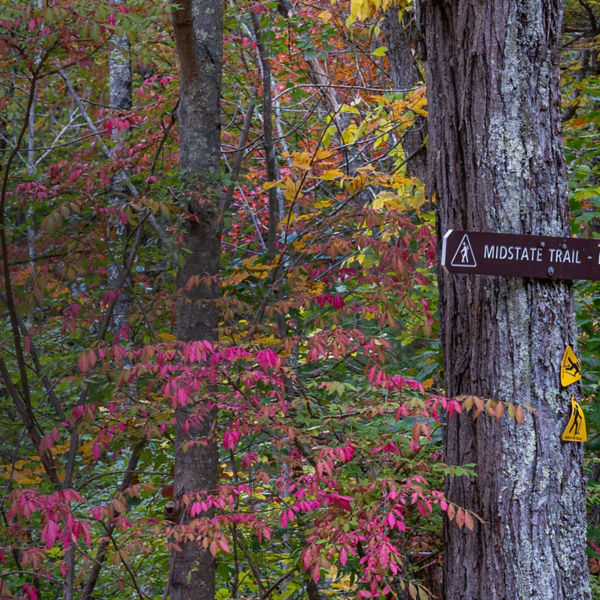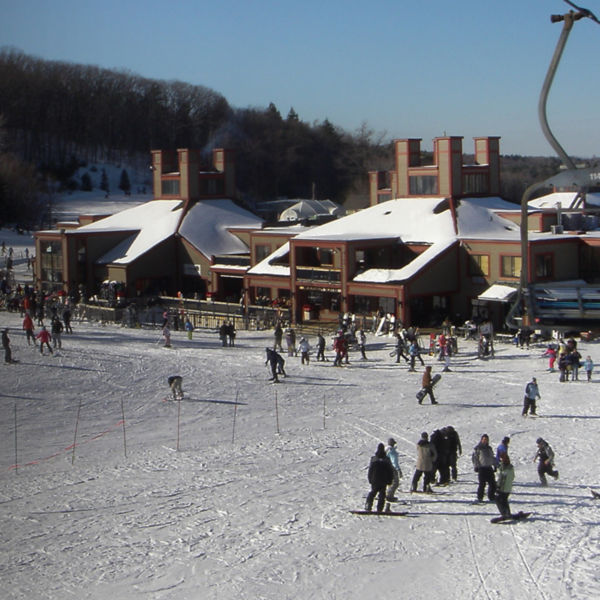
One of the beauties of Boston is that you can live there for decades and still find hidden gems right in your backyard. High-ranking among those are the city’s incredible, tucked-away campgrounds. Drive 20 to 30 minutes in any direction, and you’ll hit pockets of rolling woodland, green hill-scape, and state parkland just a stone’s throw from the city center. That makes it easy to slip out of town for a weekend, immerse yourself in nature, and return to work on Monday refreshed and recharged.
While Bostonians have a variety of camping options at their fingertips, some campgrounds have more acreage, easier access, and a wilder feel than others. With those factors in mind, here’s a local-favorite list of the top three camp destinations within an hour’s drive of downtown Boston.
1. Boston Harbor Islands
One of the fastest ways to escape the city is to grab a park ferry to the Boston Harbor Islands, four of which are open to camping. Each island offers quiet shorelines, verdant trails, and stunning views of the Boston skyline.
The islands themselves have a complicated history. They were originally inhabited by Native American tribes, who prized them for their fertile soil, populations of deer and other game, plus easy access to harbor fishing. But when European settlers invaded those Native lands in the 1600s, they forced the Massachusett and other Indigenous peoples off the mainland, turning the islands into holding pens and work camps for Native prisoners.
Today, visitors can experience every facet of the Harbor’s complex past by paying a visit to the ruins, historic forts, archaeological sites, and rich wildlife habitat that cover the islands today. The best way to take it all in is via an overnight trip. Bumpkin, Grape, and Lovells island each offer rustic campground accommodations that make it easy to unplug (all three have composting toilets but none offer electricity or running water). Lovells Island is one of the most remote; it’s bookended by ruins and offers views of Fort Warren, Deer Island, and the Boston mainland. Bumpkin Island and Grape Island, both closer to Weymouth, offer great hiking and a good sense of the area’s history.


































